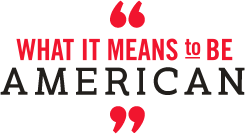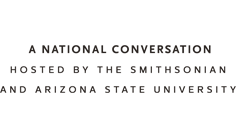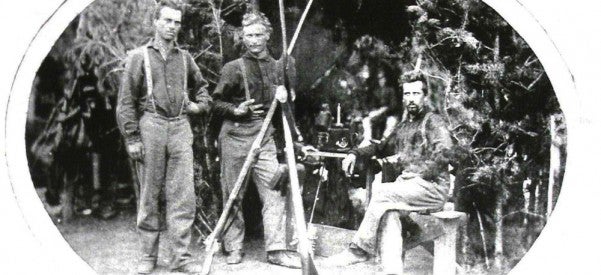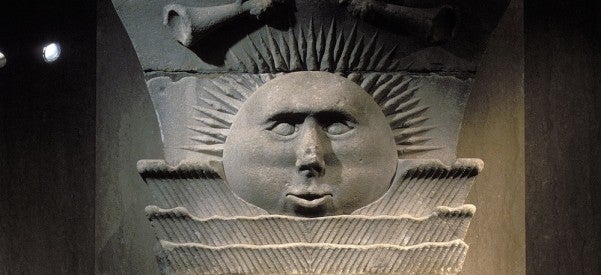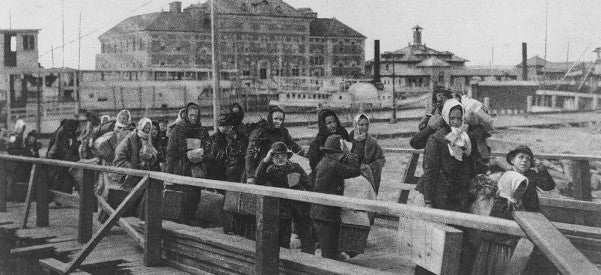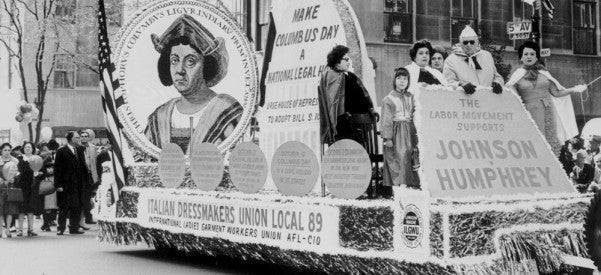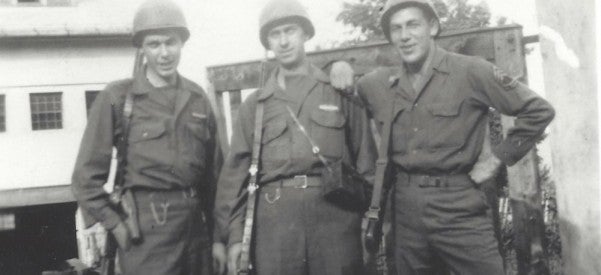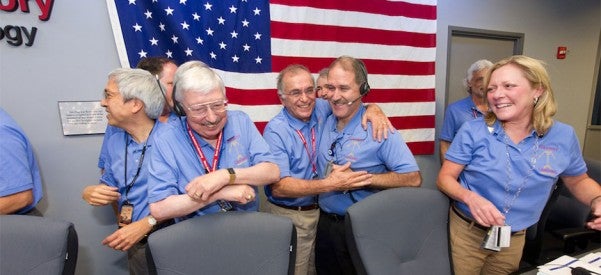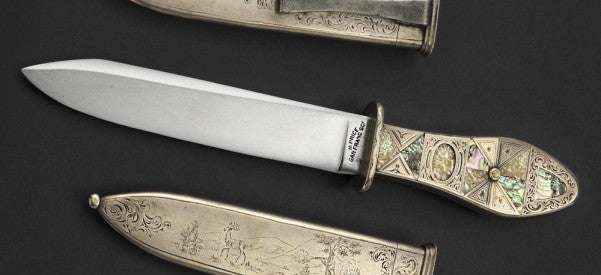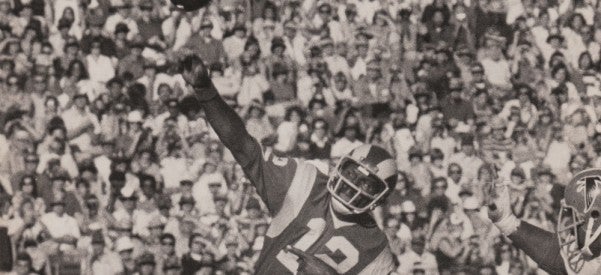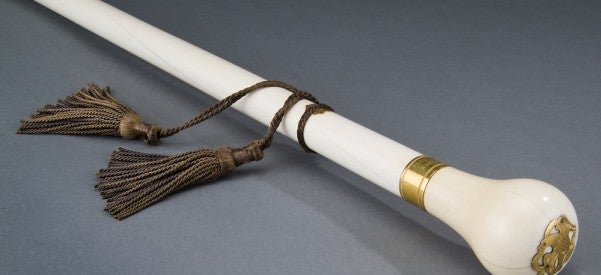Did the Midwest Win the Civil War?
States Like Illinois, Indiana, and Wisconsin Fed and Armed the Union—and Sent Men to Die for Their Country, Too
Fort Sumter. Bull Run. Antietam. Vicksburg. Gettysburg. Appomattox Courthouse. These are the places you usually think of when you think about the Civil War. Not Milwaukee, Detroit, Indianapolis, Chicago, Minneapolis-St. Paul, Des Moines.
